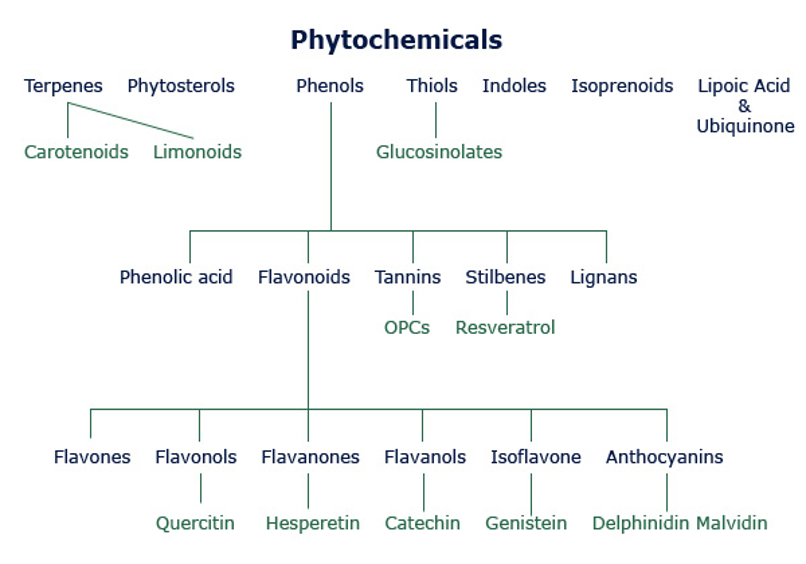What's colour got to do with it?
Why are vegetables so good for you?
Let’s face it, we’ve been told a hundred times since we were children that we need to eat our vegetables – we may even be telling our own children now. The ‘eat a rainbow’ and ‘eat 5 fruit and vegetables a day’ health campaigns could not be clearer BUT does this actually make you do it? Do you feel empowered enough to change your habits and make a difference to your health?
I rarely admit this but I have never actually enjoyed cooking- it has always been a chore to me and it’s because of this that I think I can completely understand the struggles you go through to put healthy meals on the table each day. If you are not inspired, how can you plan, shop and cook the right things? Let alone wade through the information out there about what you ‘should’ be eating and what you ‘should’ be avoiding. Is eating a little bit of everything actually ok? Should you be eating carbs? What about superfoods – do you actually need them?
I’d like you to know that I have had to work really hard, to not only get into the kitchen and face my demons but to understand the science behind the food we eat and how it affects us. In doing this I have devised easy ways to help you so you too can get the benefits you deserve. One of the very basic manageable changes is to eat more vegetables – this is far easier than cutting things out.
What has colour got to do with health?
Did you know that plants create chemicals to protect themselves from the elements and predators? These chemicals are actually made in reaction to the environment- they are adaptive responses to maintain an evolutionary advantage.
These chemicals may be:
– medicines for the plant itself
– protection from animal predation
– communication between plants, animal and bacteria- creating rhizospheres necessary for plant growth, attracting pollinators, talking to other plants etc.
– Chemicals produced as a part of the plants growth cycle
There are more than 25,000 phytonutrients, but some of the more commonly known ones are carotenoids, ellagic acid, flavonoids, resveratrol, glucosinolates, and phytoestrogens.
Phytochemicals, protect against oxidative damage in an oxygen-rich environment (antioxidant). They protect against insects, herbivores, bacteria, fungi, viruses, parasites, stress, ultraviolet radiation and cell damage. They are present in all plant foods, especially fruit, vegetables, legumes, nuts, seeds and grains and most importantly once eaten, plant foods provide a wide range of phytonutrients which work synergistically to promote our own health. Therefore, dietary phytonutrients which translates to the colour of plants are thought to be more effective than individual supplements. They act as antioxidants, hormone modulators and co-factors for enzymes in a wide range of physiological activities. They can be antioxidants, anti-inflammatories, reducing LDL cholesterol and inhibiting or reducing the impact of carcinogens.
What’s not to love about colour and the power of plants?


